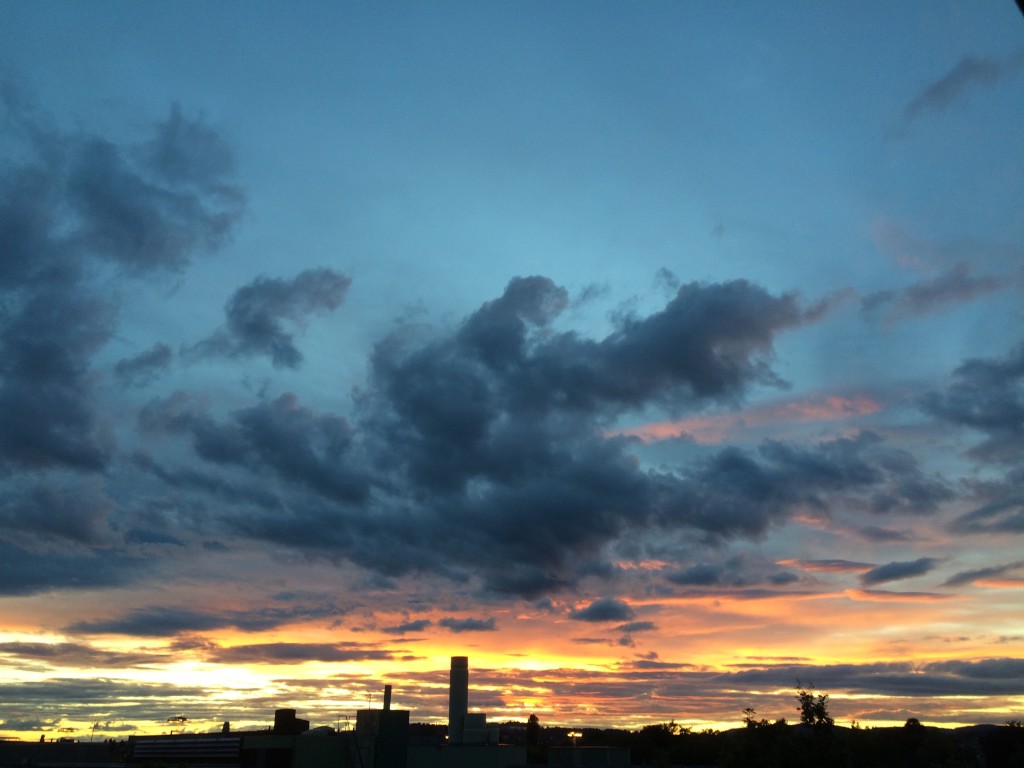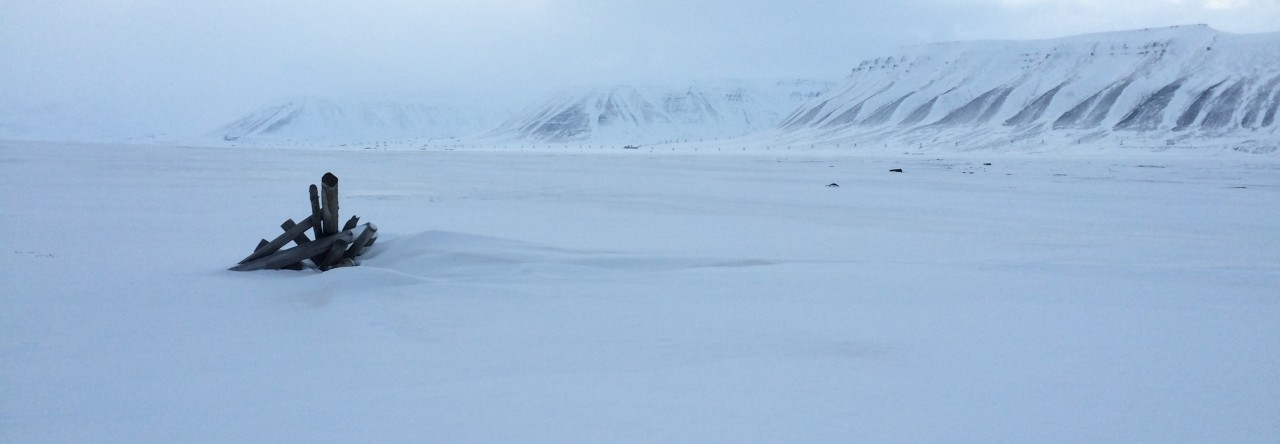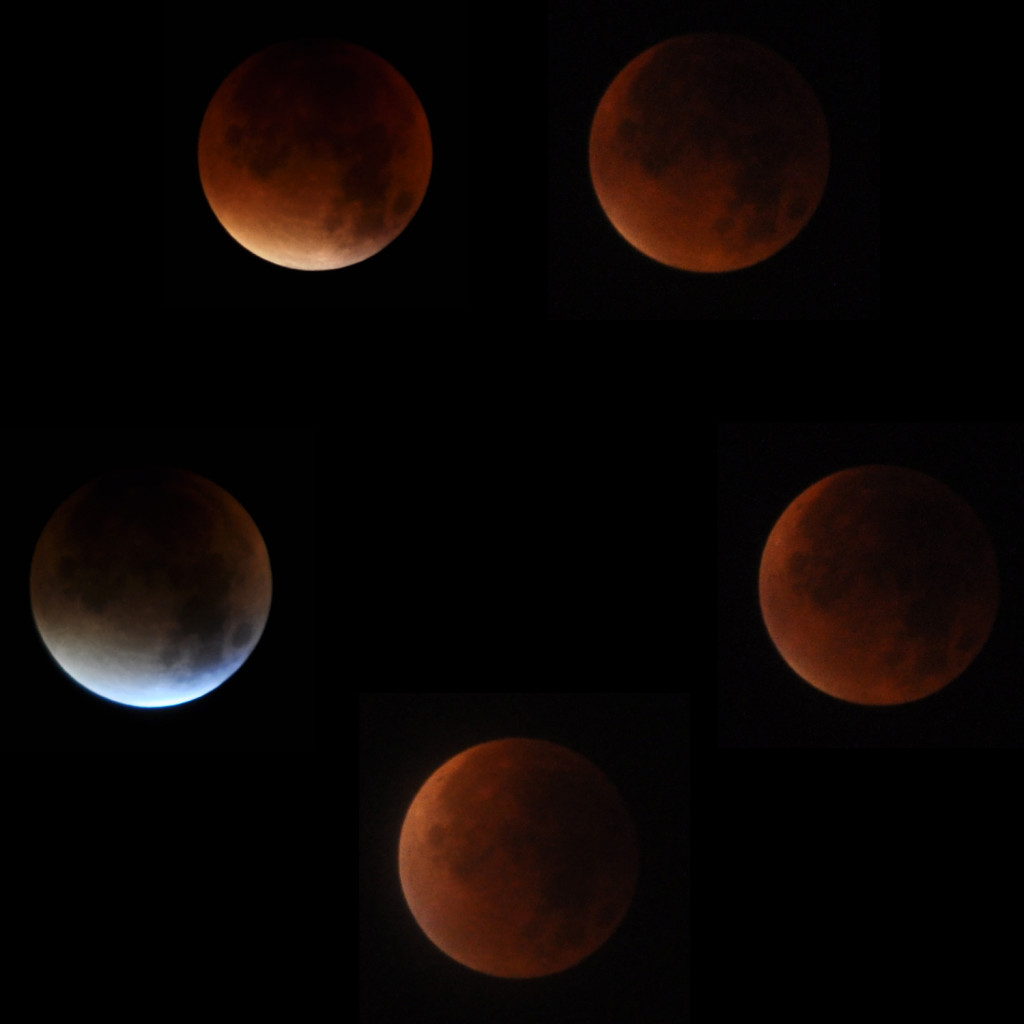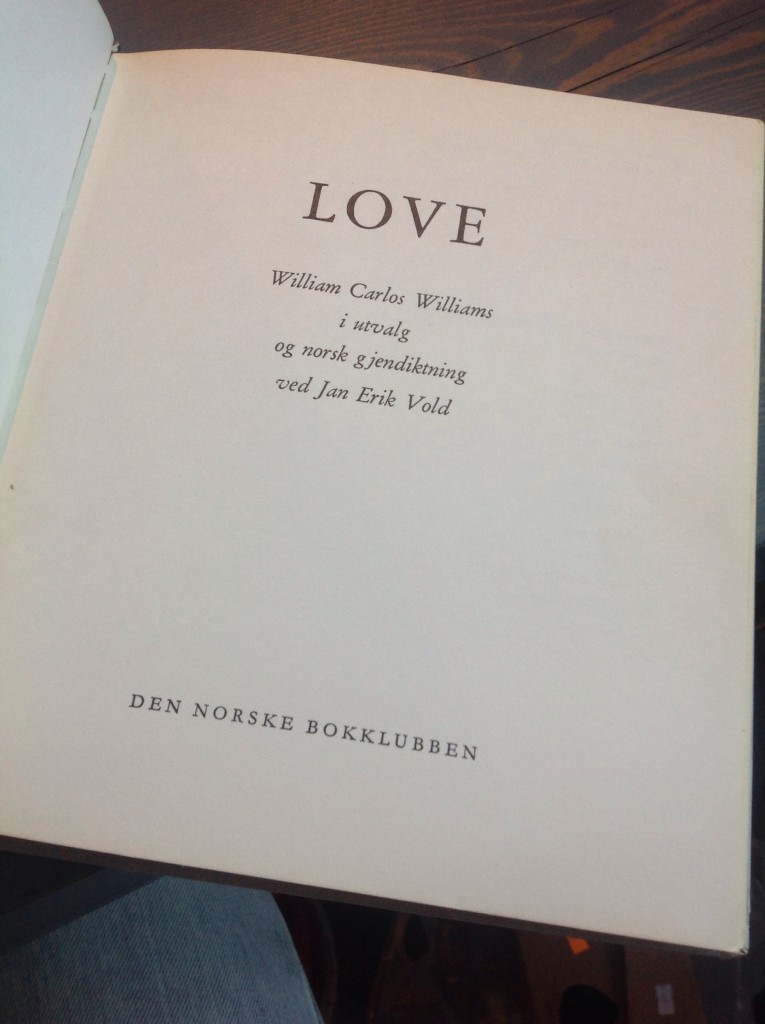Lots to say, today, so this could get . . . verbose (I’ll do my best. Or not). I won’t be offended by any tl;dr’s.
I’ve had my first full week of visits now, including a good stay in Bergen visiting Katedralskole for four days. I had the occasion there to try out most of my presentations & workshops for the first time—to see what’s gonna work & what needs a tweak or two (or three or nine). I tend to err on the side of chatter, so I have a slower week now to try to work up some more “interactivities” (to employ an inelegant portmanteau). But Bergen was wonderful—such fun to talk to Bergensers about their vennskapsby, or Sister City, of Seattle. I made a point to see the totem pole that Seattle gave Bergen in 1970 to commemorate Bergen’s 900-year jubilee. (Seattle has a few years to go . . .). It isn’t hard to see the “family resemblance.” Moreover, Katedralskole was fantastic. I met fine, fine teachers and a slew of fabulous students at all three (more on this later) levels of videregåendeskole, or high school. This was followed by a second full-day visit to Nannestad VGS, where I spent all of the previous Friday. A marvelous beginning to this year-long dream-job. A few images from my telephone, then, before a lot of words:
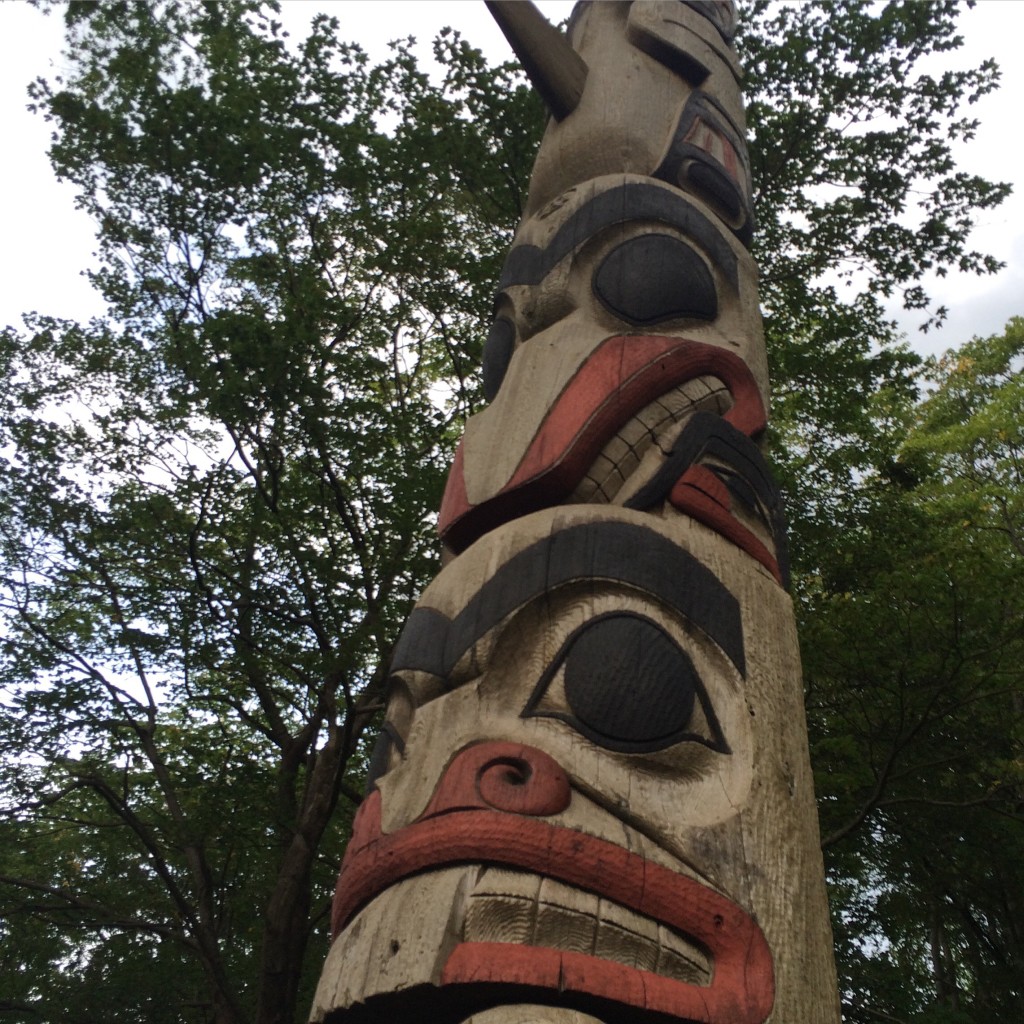
A Totem Pole stands at Nordnes Park, a gift from Bergen’s Sister City, dear ol’ (or, rather, dear very young) Seattle.

Bergen is alright. This is the view from the top of Sandviksfjellet. Fellow Rover, John Hanson, challenged me to run up Stoltzekleiven, the rock-hewn, ass-destroying stone staircase to the top (he beat my time by a full two minutes, and my bones had become jelly).

Bryggen, Bergen’s UNESCO World Heritage site, remnant of the city’s Hanseatic era.
And so, I have a few things on my mind:
A) Schools (duh);
B) Politics—Norway just held local and regional elections. They occurred at the midterm of the first “right”-wing government in a long time (spoiler: Arbiderpartiet, Norway’s populist Labor Party, mopped the floor), while across the pond the ass-who-shall-not-be-named dominates American soap-operatic media as well as the cavernous spaces created by Norwegian students’ dropped jaws;
C) Population, density, suburban sprawl, and the like;
D) Things I miss—I’ve been struggling because I certainly miss little things, but there’s not much (so far) that I really miss.
Ok. A) Schools. Now, the Norwegian school system is certainly no utopia, and funding, compensation, and length of workday are, from time to time, issues (teachers went on strike at the start of last school year, for example), but the differences between Norwegian public schools and US public schools have been thrown in to stark relief by the just-now-settled teacher strike in Seattle. I began visiting Norwegian public schools about when Seattle district teachers began to strike, so it’s been the first thing on my mind when students and teachers here have asked about schools in the US. What does one say about the struggle to fund public schools in America when your otherwise progressive home state refuses—actively, not by some unfortunate accident or economic hardship, but actively refuses—to carry out its “paramount” constitutional duty to “amply fund” public education in the state because there’s enough dunderheaded, ignorant, self-deceiving resistance to even the word “tax” (much less the entirely humane concept of social welfare) to prevent the implementation of a truly simple solution like a state income tax. Washington has, according to numerous reports, the most regressive tax structure in the country. Even the godawful, anti-public-works Seattle Times reported on it, as has that free-market party palace, Forbes. Meanwhile, schools, especially urban schools with large minority populations in economically disadvantaged areas, wallow in a vicious cycle of “underperformance” which is reinforced by performance-based reward systems (it’s like Louis C.K.’s old bit about how ludicrous it is that if you have no money and you overdraft from your bank account, you’re charged more money that you don’t have while if you’re filthy rich, the bank gives you even more money just for having a lot of money). The ol’ “born on third base but think you hit a triple” attitude. Add to this the inequities endured by schools in underprivileged areas because of the outsized influence of wealthy families who can afford to fund (and volunteer their free time to) PTAs, after-school programs, etc., in particular districts. And, predictably, those inequities hit communities of color hardest. (Somewhat relatedly, a recent This American Life episode has a lot to say about this. Note the strikingly racist statements at a community meeting at about 24:00.) I’m no expert on any of this stuff, but it’s just hard to watch American public schools from outside of the US when a big part of my job is to see what Norwegian schools are like, structurally (so far, they look pretty fascinating; more on that in another post). I LOVE teaching at Northwest, and my job is very deeply rewarding for very specific reasons. It’s truly a rare community. But these issues have me all riled up and make me want to teach public school. Of course, statistics suggest I’d be overworked, exhausted, and burnt out in a few years—precisely because of the systemic and volitional failures at work in American politics. (Plus, I’m not exactly eager to pay in time and money to get certified. So there’s that.)
I’ll be interested to learn, over time, how my perceptions of schools evolve with more experience. Meanwhile, I’m exceedingly proud of my friends in Seattle’s public schools and the union these last couple weeks. I was—and am still—standing in solidarity from afar!
On to B) Politics. It’s of course not a surprise that a lot of Norwegians are watching the presidential election process so far with utter confusion. It’s appalling to their conscience (and to mine, and to that of many Americans, to be sure) that a man like Donald Trump can “make it this far.” I have to remind students that this is the nomination phase of the election process, so it’s not like his success in the polls and the amount of media coverage he absorbs is a reflection of the feelings of the whole electorate of the United States. It is, I try to convince them (and try to convince myself), only a fraction of the voters for one party that are keeping him afloat. I have to confess, though, that I’m also weirdly scared. We’ve seen numerous truly unbelievable candidates surge through the Republican nomination process the last few election cycles. Candidates that, by almost any measure of political humanity—e.g., compassion, intellectual honesty, or demonstrably nuanced understanding of an irreducibly complex world—do not belong on the world political stage in this century. The great American democratic “experiment” was supposed to be this colossus, this great legendary thing, and yet, as Vizzini might squeal, he gains. The only response I have for Norwegian high-schoolers is that the media—and, indeed, the media-lovin’ public—eats soap operas for breakfast, lunch, and dinner. It’s just that this particular daytime programming could have real, horrific consequences on real people’s lives.
Meanwhile, Norway just held its midterm elections. These were fylke (county) and kommune (municipality) elections, so none of the national leaders in Stortinget, Norway’s legislature and seat of government, were up for election. Still, although Norway is a unitary and not federal government (one of my favorite concepts to describe to Norwegian students so far), and thus the elected leaders of the fylker and kommuner aren’t quite in the same category as, say, state governors or federal and state legislators, etc., these results do serve as a referendum on the prevailing parties in power in the government in Oslo. Right now, that ruling party is Høyrepartiet (høyre means “right” in Norwegian). So for the first time in a long time, Norway’s governing party is right-wing. The right wing, here, of course, is much closer to the center (if not even a little to the left-of-center) of the US political spectrum, but there is a move, as I understand it, to privatize a lot of long-time public programas and services. Høyre is one of the free-market parties in Norway, in other words. (There are nine active parties in Norway. Nine.) But in this election, whose results I watched on the news in my hotel room in Bergen last Monday and Tuesday, Arbeiderpartiet, the left-wing Labor Party, Norway’s largest and the dominant force the last twenty years or so, made a sweeping resurgence, along with numerically small but statistically significant gains by a couple of the smaller parties, notably MDG, or Miljøpartiet-de-Grønne, or Environment Party, the Greens. Way up in Tromsø, significant gains were made by Rødepartiet, the Red party, whose alignment I’m sure you can guess. The commentators have been suggesting pretty strongly that these regional elections made for an awfully clear referendum on the right-wing government currently in power. I also wonder how much of it is half-consciously a referendum on what’s happening in the United States. The subtext of a lot of Norwegian students’ questions about Trump come from a genuine suspecion that there is a legitimate, if minute, chance that this, uh, well, monstrosity could become president of the most influential nation in the world. (I’d like to take a moment to remind myself that the president is not all-powerful in the US, and, in fact, I think we tend to overstate presidential power, especially over the daily lives of Americans, which are far more directly affected by local and state governments; but when you get to certain federal welfare programs, funding for organizations central to the defense of human dignity like, oh, Planned Parenthood, and, not insignificantly, foreign policy and relations, it’s of course a serious thing. I mean, this buffoon not only failed to challenge the completely transparent premise of the overtly racist and Islamophobic question at that rally in New Hampshire recently, he doubled down! Unreal. I was happy to see Bernie Sanders name Trump’s racism on Colbert’s new Late Show.)
At the same time, students here are, predictably, following Sanders, whose campaign is so far nicely spiced with messages that point to the relative success of the Scandinavian nations’ democratic socialist programs. And good lord, when you’ve got blowhards in the US robotically claiming that the United States is “the greatest country in the world,” that we enjoy the most freedom, that we are the leaders of the democratic universe, spreading truth and liberty to the dark places of the earth—well, you’ll forgive me if I laugh along with Norwegian teachers and students alike, while they enjoy the world’s highest Human Development Index several years running, enjoy perfectly free speech, free practice of (or abstention from) religion, access to jobs, mandatory maternity and paternity leave, a strong social safety net, excellent public transportation, and some of the most well-kept and well-enjoyed natural, protected landscapes this—and that—side of the Atlantic. On the Late Show, in the same conversation with Sanders, Stephen Colbert, of all people, repeated the strange assumption that Scandinavians have high suicide rates, as though that’s the trade-off for a socialist utopia (or just a comment on the dark, dark winter). But, according to the WHO, only Finland and Iceland have higher rates than the US. The US’s rate is 12.1 per 100,000 people. Norway’s, Sweden’s, and Denmark’s are 9.1, 11.1, and 8.8, respectively. But indeed, this is not utopia (of course, no place is, ba dum, tsss). One most certainly encounters racist practices, habits of mind, and assumptions here. There is, I think, a little pressure to assimilate, to “contribute to the society” in a way that looks familiar to “ethnic Norwegians,” and so forth. There are failures in the system. It’s a system, after all. Indeed, among the loads of success stories, there are immigrants and refugees that struggle. But American exceptionalism suffers from a Platonic sort of ignorance. It’s like they’ve never seen the outside of the suburban teenager bedrooms of their youth. Yes, it’s comparatively homogenous here in Norway, to be sure (although Oslo is surprisingly diverse), but (cue federalism), it isn’t impossible to do much, much, much better than we do.
Which brings me to C) population, density, multiculturalism, etc.
When Bernie Sanders invokes Scandinavia as an image of possibility for a functioning, humane welfare state, his critics (and I’ve been one on this account) point to the homogeneity and small size of these nations. You can’t scale it to a multi-ethnic, multi-cultural population of 320,000,000 across 4800 km, plus Alaska and Hawai’i, they say. And generally, I think they’re right. It is easier to provide for everybody here, especially when you’ve got as much oil money beneath the mattress as Norway does (let’s note that Sweden and Denmark do not, however, have that money). Still, I’ve been thinking a lot about population and federalism. Three hundred and twenty million people, I say to Norwegian students. Norway has about five million. Can you imagine the difference that makes?! It’s massive. But then, I describe the federalist system. The closest approximation Norway has to states are the aforementioned fylker. But, I describe to the students, the fylker (‘r’ is plural in Norwegian, by the way) are not governments; they cannot make fylke-specific laws or collect taxes for that fylke (this is where I get to bring up Washington and weed as a timely example). And that gets me thinking about the argument against the scalability of a welfare state. We have a federalist system designed precisely to allow the nation to expand the way it has and to scale government programs across a population and a space otherwise ungovernable by a single government. Madison, to boot, argued in Federalist #10 that a big, expansive state is a good thing (not that I agree fundamentally, but stick with me here), in order to prevent factions and to ensure that regional populations had both regional identity and national protection (what do we have in the US today, however? Two huge factions that, given their mutually unshakable commitment to neoliberalism, are really one faction: the plutocrats). But, when you consider the state governments in the US, there’s no reason they can’t operate like a Norway. In fact, Norway’s population is just over 5 million, while Washington’s is just over seven. Now that is not an unscalable difference (Sweden, for comparison, has a population of 9.7 million, while both Denmark and Finland hover around 5.5 million). And then there’s Minnesota, which has, in the past few years under Mark Dayton’s administration, made its population of 5.4 million look a whole lot more like that of a Scandinavian country, in more ways than its famously Scandinavian immigrant heritage. I mean in terms of “promoting the general welfare,” rather than, say, the welfare of the plutocrats. Tempered for the political grandstanding apparent in the recent meme about Dayton’s ostensibly record-breaking success, PolitiFact still points to some serious gains, specifically in the budget surplus. As my dad’s childhood English teacher, Mrs. Lane, used to say, “It’s really simple when you think about it.” As PolitiFact points out, yes, the meme calling Minnesota’s stats record-breaking, etc., is disingenuous, but after Pawlenty’s disasters, the overall tenor seems to me pretty hard to argue with.
On a run the other day I was thinking about urban density, which is always rising to the top of the chatter-boil in Seattle. It struck me, running through Oslo’s streets, how quiet, unhurried, in many ways open-spaced, and watery Oslo is for a city of its size. These aren’t adjectives one usually calls upon to describe dense urban spaces. And yet, it turns out that Oslo is significantly denser than Seattle, which is watery, to be sure, but is not (for the most part) very quiet, or open-spaced. It’s more and more hurried by the year, it seems, though I know that’s not quite a defensible statement (it’s certainly a far cry from the East Coast megalopolis), and I’d argue there are plenty of places in town that aren’t rushed, and that are quite open (Discovery Park, for one). Still, Seattle feels a lot more urban than Oslo, save that pesky paucity of public transit. But then, maybe that’s just it: nobody’s on the subway or the bus, they’re all aboveground in their cars, giving the illusion of urban density, even if they do stop for pedestrians (with or without a crosswalk) more commonly than elsewhere. Certainly, a huge factor is the conspicuous absence of a giant freeway slicing the town in two and bathing it in a cacophony of brain-numbing automotive noise and a sticky rain of road grit.
So really, the spirit of this post is to wonder why certain elements of Scandinavian social structures seem so much sounder than ours (pun intended). More, maybe, I’m curious about my own relationship to public and private space. There are plenty of heady and contemplative texts to cite in that meditate on the experience and arrangement of public and private space, but I’m not going to dig them up. Rather, I had to confess to myself that I secretly love the image of a house with a yard—is it the Iowan in me, refusing to sleep?—while urban Norwegians are more liable to be satisfied with apartment-life, very small yards, and close proximity with their neighbors? (This last wondering is ironic, given their famous reticence to get in anybody else’s grill.)
Curious. At any rate, here are some interesting numbers to look at, that I’ve been sharing with some Norwegian students:
Oslo Metropolitan Area
Population: 942,084
Area: 266.16 km2
Density: 3,540/km2
Oslo City
Population: 628,719
Area: 130.5 km2
Density: 4,817/km2
Seattle Metropolitan Area
Population: 3,610,105
Area: 15,209.3 km2
Density: 237 people/km2
Seattle City
Population: 668,342
Area: 214.9 km2
Density: 3,110/km2
(Sources: norges stastistisk sentralbyrå; US Census Bureau; Seattle.gov; US Census Bureau)
The low density of Seattle’s metro area is misleading, however, due to the vast area between population centers that comprise the Seattle-Tacoma-Bellevue Metropolitan Statistical Area, per the Census Bureau. But of course both the population and the area demonstrate the radical sprawl characteristic of even progressive American cities. Notice the utter absence of sprawl around Oslo: the city proper is nearly the size of Seattle, but the metro area only adds some 300,000 people, to Seattle’s 3,000,000. And I can vouch, having experienced Oslo’s easily transgressible boundaries.
In the end, looking at these numbers, and thinking about Washington State, with its geographic attributes, its one major urban center and numerous, lovely small towns, I find myself wondering why it’s so hard for us to get some things right (like public transportation). The obvious reason is cultural: for whatever reason, Norwegian society is, on the whole, collectivist while American society is, it goes without saying, hyper-individualist. The “law of Jante” (or janteloven) articulates it well (even if the “commandments” smack a tiny bit creepy to American ears). I’m not sure how that divergence came about. But there it is. So there y’go.
Aaaaand lastly, D) Things I miss, a little.
I’ll take a cue from Erlend Loe’s absolutely wonderful narrator in naiv.super, which I just finished reading last week, and make a list:
-abundant, affordable, locally produced beer of many styles, procurable any day of the week in numerous, accessible locations city-wide
-Theo chocolate
-my Central District/Mt. Baker running routes
-baseball games
-my bicycle
-KEXP over the real-live radio waves
-LPs
-unpopped popcorn in bulk
-bulk foods in general
At the moment, I can’t really think of much else I’ve struggled to do without. It’s a hard life in this socialist hell. Especially when the train’s late . . . by, like, two or three minutes.
If you made it this far, here’s a view from my apartment that has been startlingly common:
